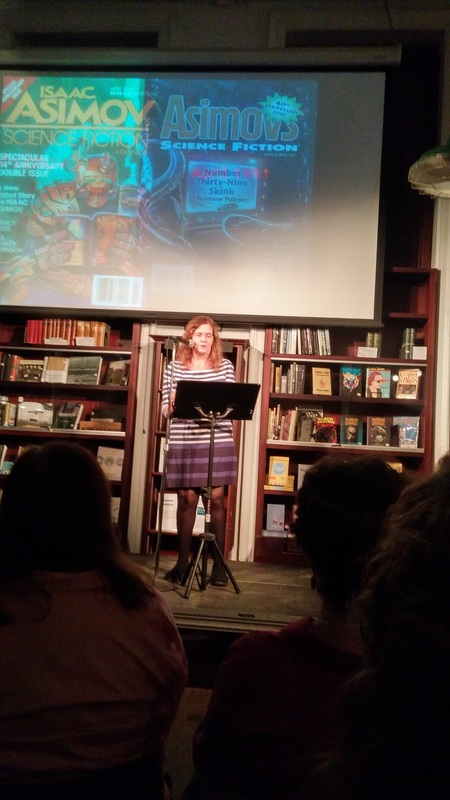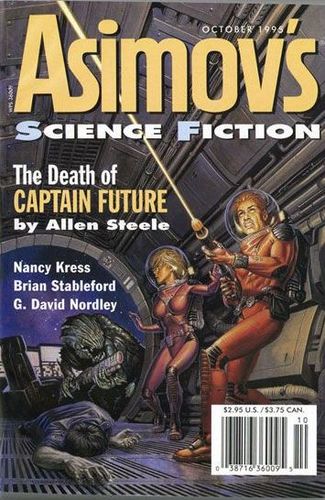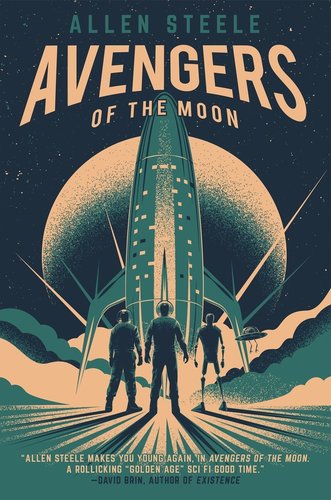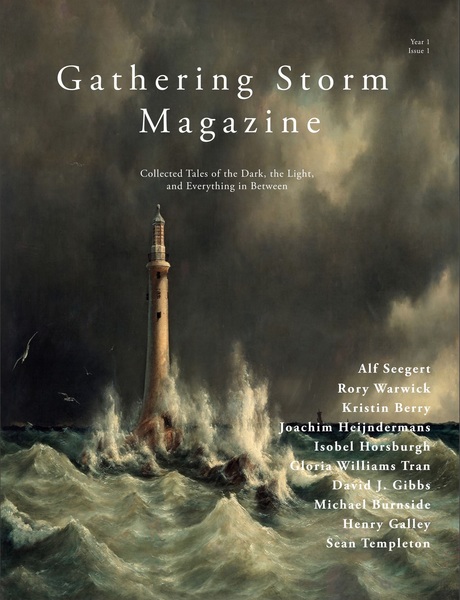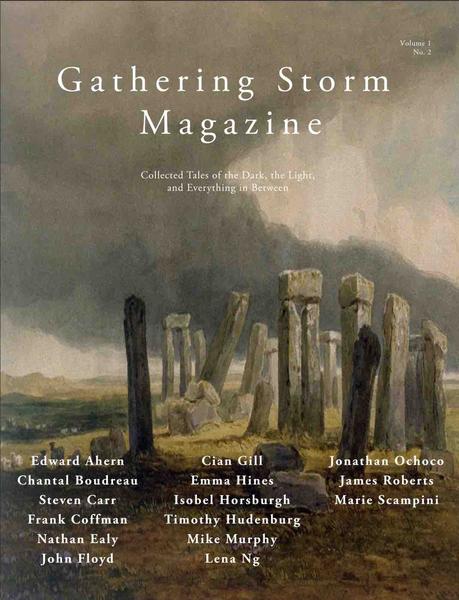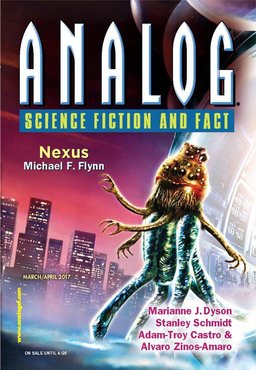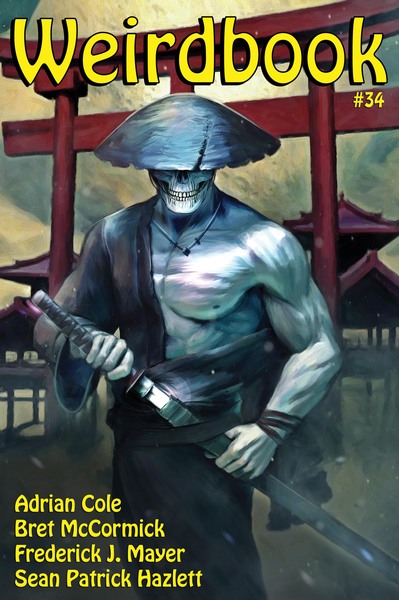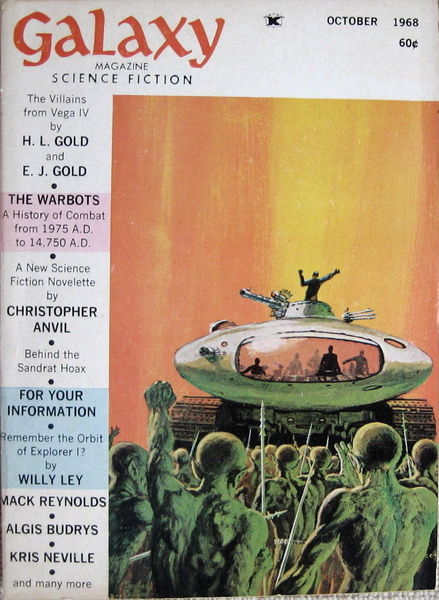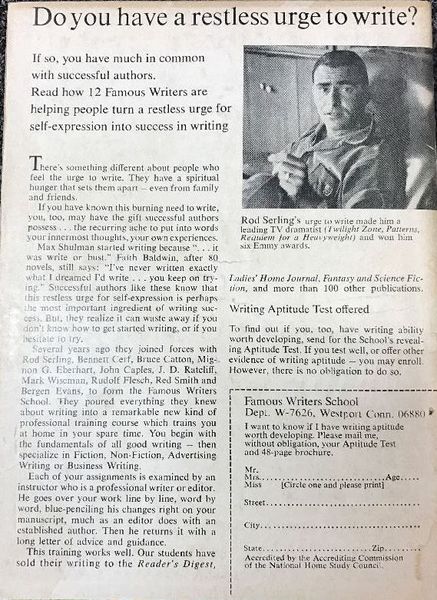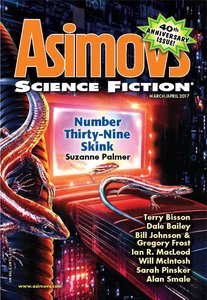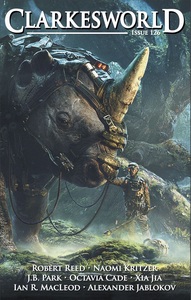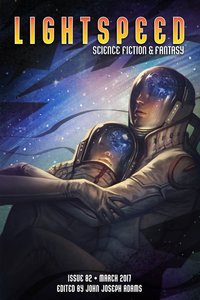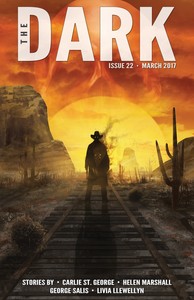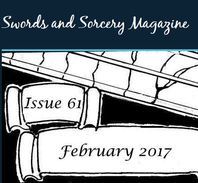An issue of Galaxy from fairly late in Fred Pohl’s tenure. There’s one fairly notable story here, and a couple more good ones, but to me the most interesting feature was Algis Budrys’ book review column.
But let’s begin at the beginning. The cover is by Douglas Chaffee. Interiors are by Jack Gaughan, Joe Wehrle, Jr., Dan Adkins, Virgil Finlay, Larry S. Todd illustrating his own piece (not surprising, as Todd, then just 20, became fairly well-known later for his comics work), and two artists whose full names I didn’t know: Brand and Safrani. Buddy Lortie identified them for me: Brand was Roger Brand, a fan artist who became a pro, and did comics work as well; and Safrani was Shehbaz Safrani, who seems to still do fine art. I should note that the magazine was very thick in this era — 196 pages (including covers). My copy has staples: I don’t know offhand if that was normal.
The features include Willy Ley’s long-running science column, “For Your Information,” discussing Explorer-1. Fred Pohl contributes an editorial, discussing the upcoming Presidential election (the one in which Nixon beat Humphrey and Wallace), and speculating about computerized voting from one’s home (even on laws, declaration of war, etc. — i.e. direct democracy). There is a Bio feature, Galaxy’s Stars, giving tidbits about a few of the authors. One piece, “The Warbots,” by Larry S. Todd, is designated a “Non-Fact Article,” and it discusses the history of tanks, basically, far into the future.
…
Read More Read More
